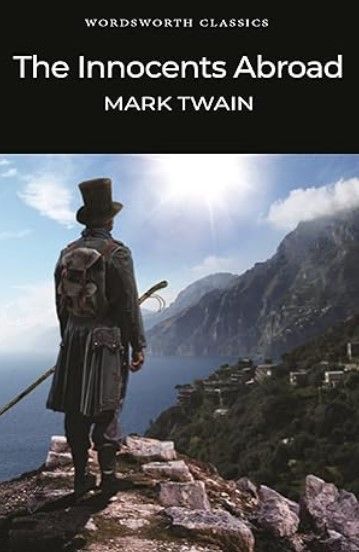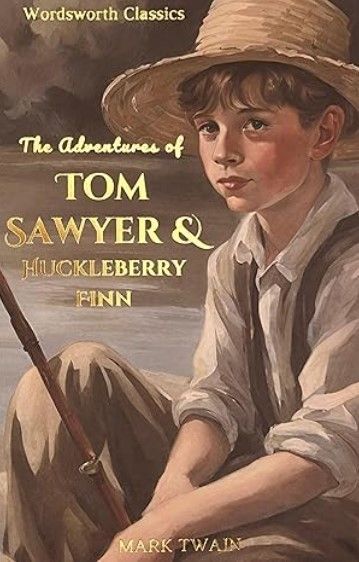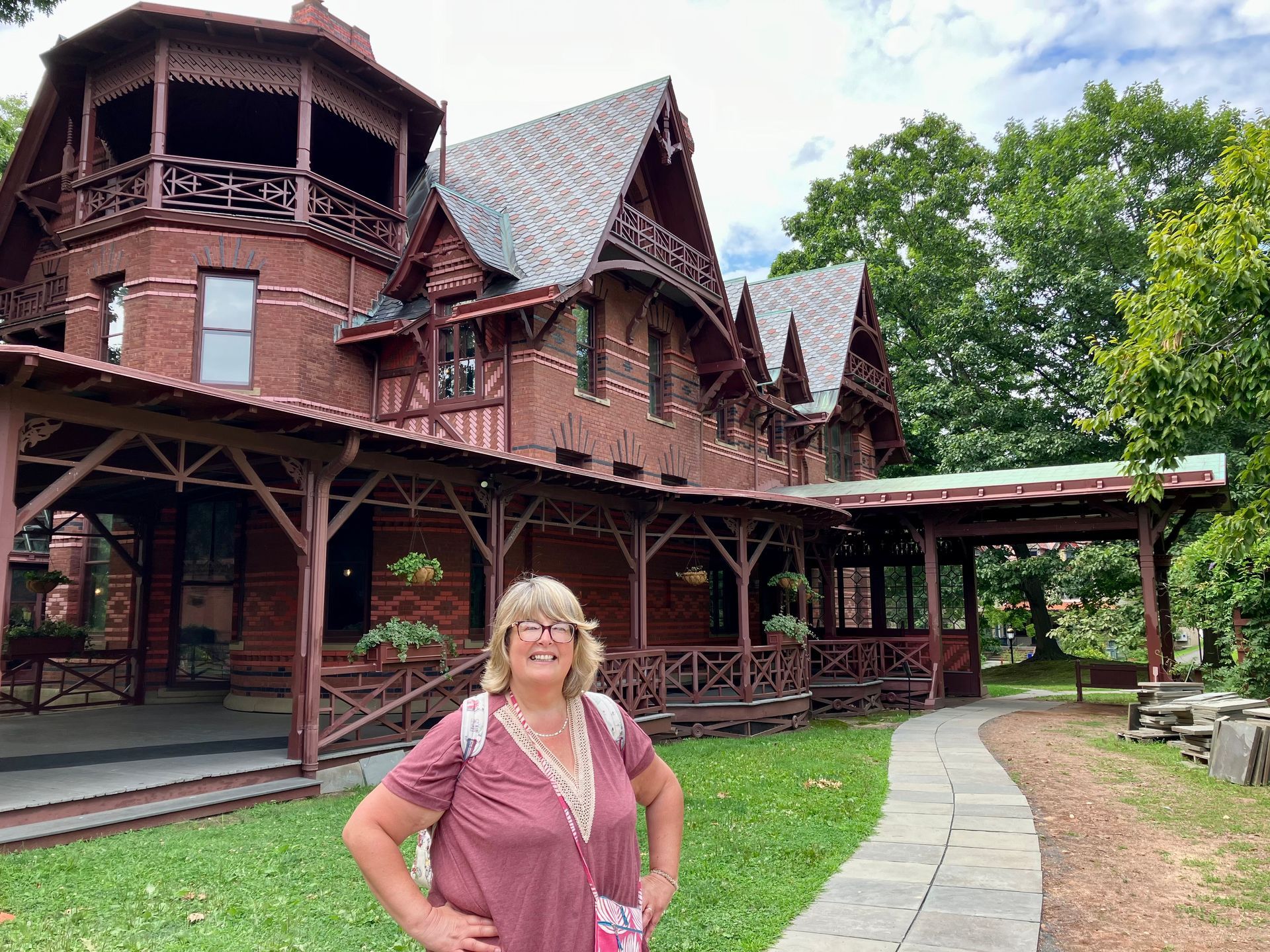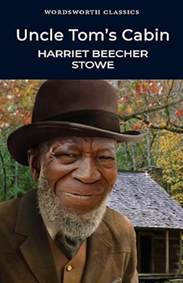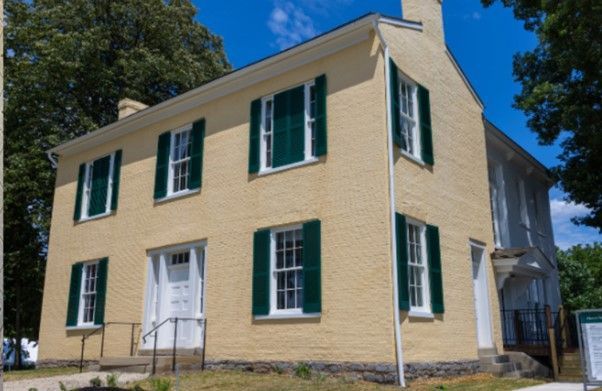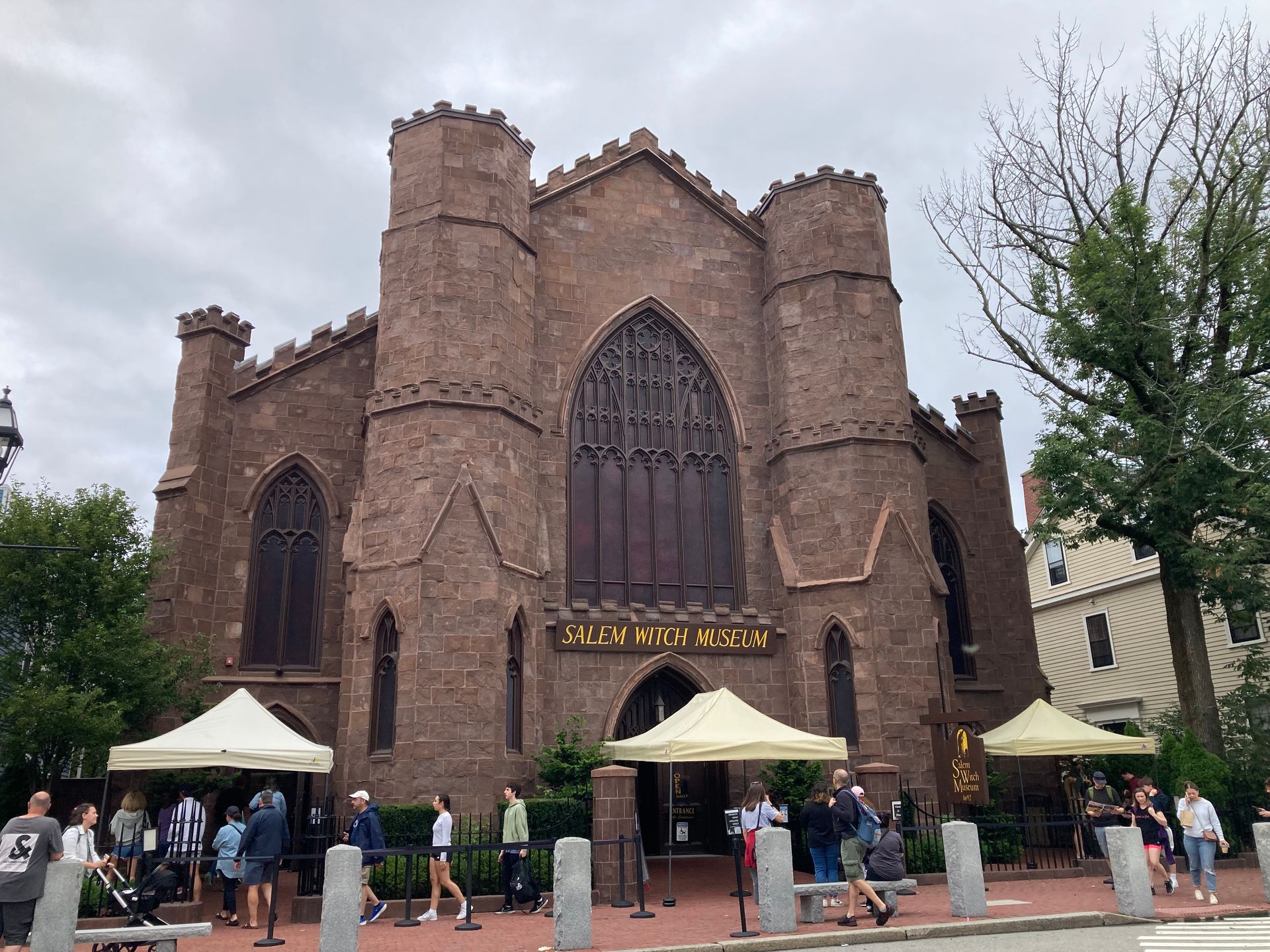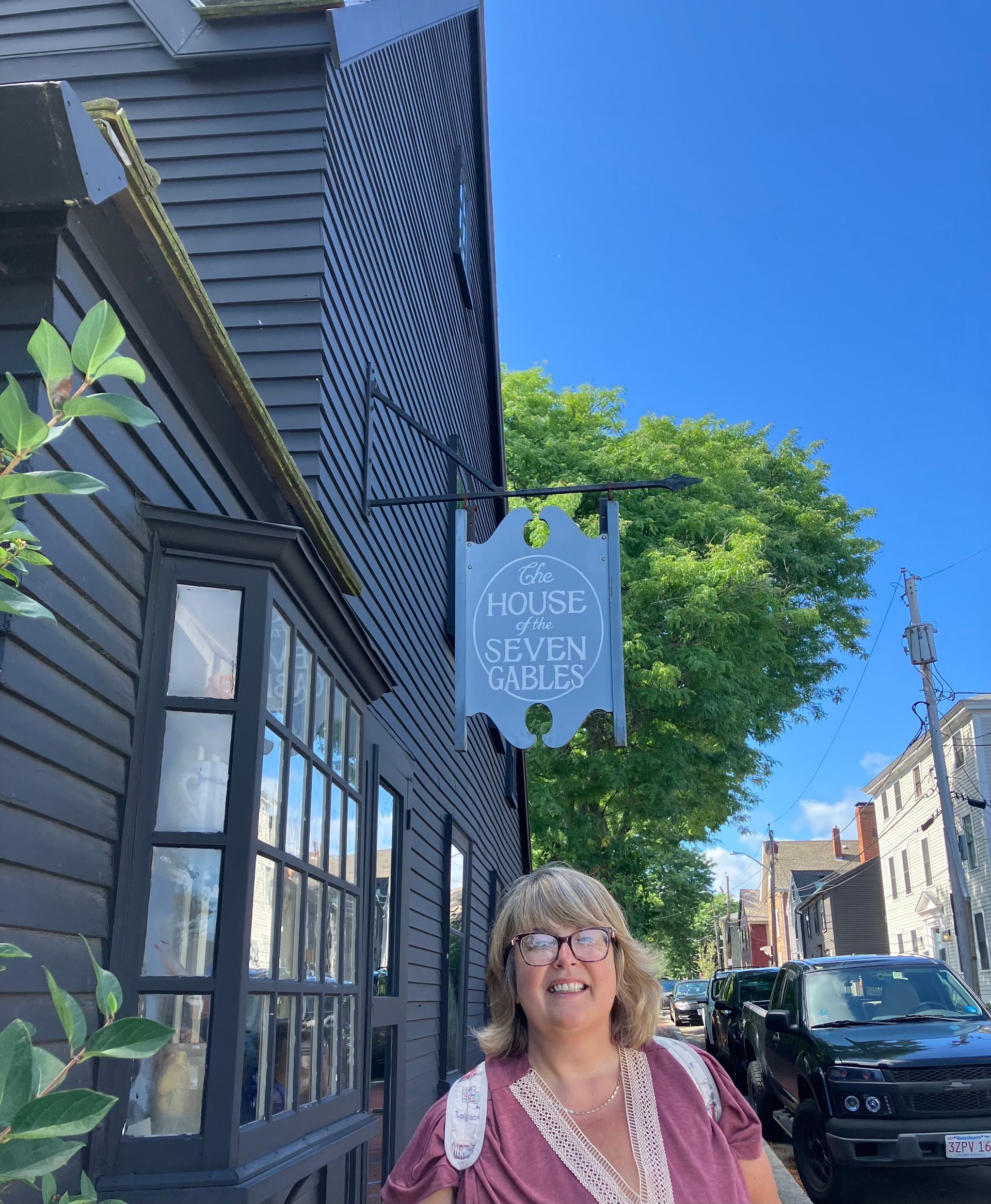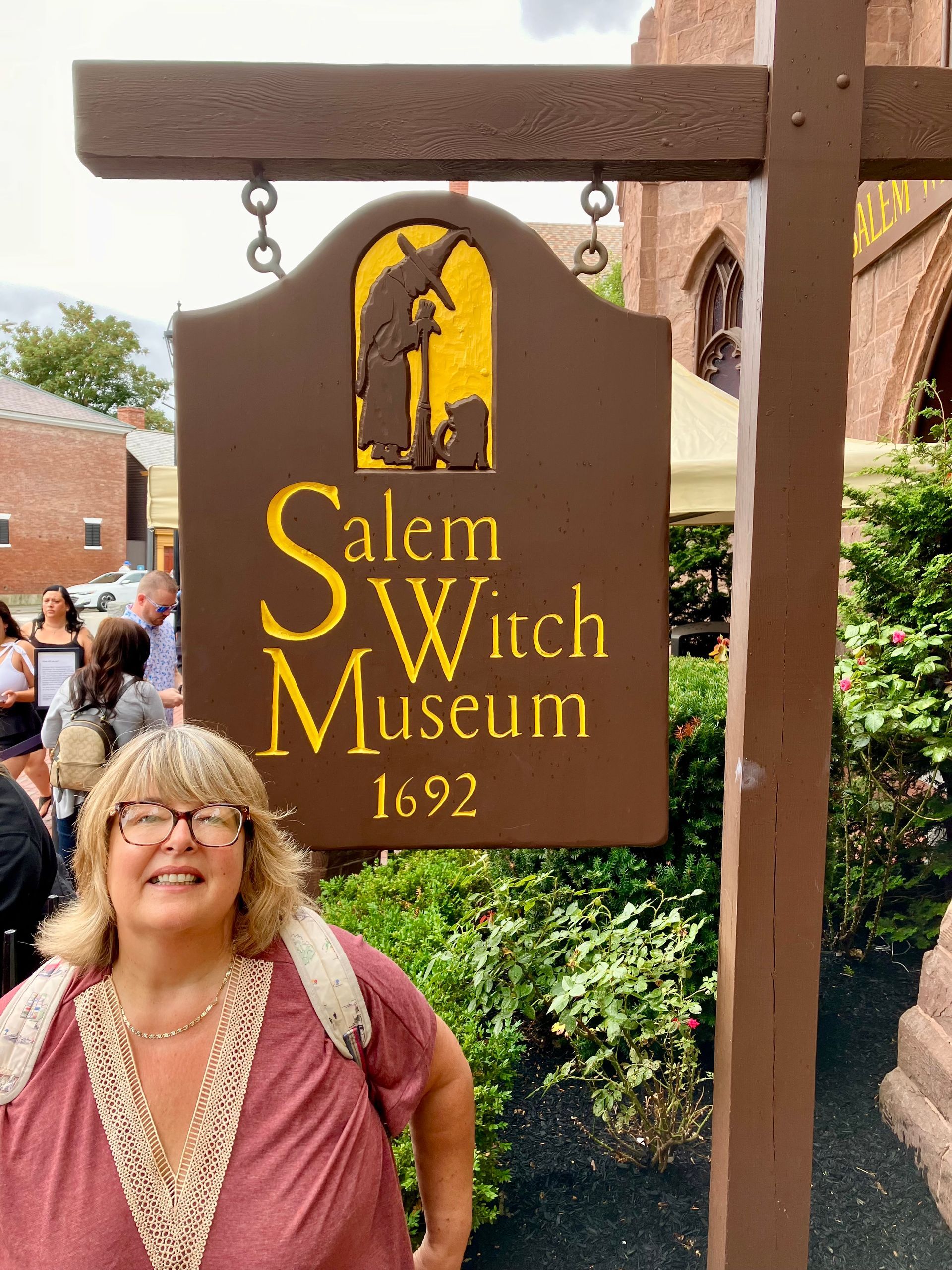- HOME
- Cultural Explorer Itineraries
- Cultural Explorer Travel
- Cultural Explorer Books
- Cultural Explorer Art
- Cultural Explorer Auction Houses
- Travel, Culture and Books - Blog
- More
- England
- Europe
- United States
- Spain
- Denmark
- Germany
- England - Yorkshire
- England - London
- England - Durham
- England - Liverpool
- England - Stratford upon Avon
- Spain - Cadiz, Jerez, Madrid
- Spain - Barcelona
- Spain - Sevilla
- Spain - Malaga and Ronda
- France - Paris
- Boston and New Haven Logisitics - Itinerary, travel, accommodation
- Boston Freedom Trail, Tea Party and Cheers
- New Haven and Yale University
- Hartford - Mark Twain's House
- Boston Art Museums - MOFA and Isabella Stewart Gardner
- Harvard and MIT Museums
- Cultural Explorer Travel - Top 10 Museums in London
- Cultural Explorer Travel - Top 10 Museums Yorkshire
- Cultural Explorer Art - Top 10 Art Galleries in London
- Cultural Explorer Art - Top 10 Controversial Paintings
- Cultural Explorer Art - The Life of the Mona Lisa
- Cultural Explorer Art - The Bowes Museum - Norman Cornish and LS Lowry
- Cultural Explorer Art - Top 10 Art Galleries in Yorkshire
- Cultural Explorer Books - Top 15 Books about Art
- Cultural Explorer Books - From a North East American Trip
- Cultural Explorer Books - Top 10 Books about Spain
- Cultural Explorer Books - Top 10 Latin American Books
- Cultural Explorer Books - Top 10 Greek Myths Books
- Cultural Explorer Books - Top 15 United States Contemporary Fiction Books
- Cultural Explorer Books - Top 10 Non-Fiction about the US
- Cultural Explorer Books - Top 10 Japan Books
- Cultural Explorer - Top 10 Books about Humans
- Cultural Explorer Auction House - Sotheby's
- Cultural Explorer Auction House - Christies
- Cultural Explorer Auction House - Bonhams
- Cultural Explorer Auction House - Phillips
- ads.txt
- Terms and Conditions
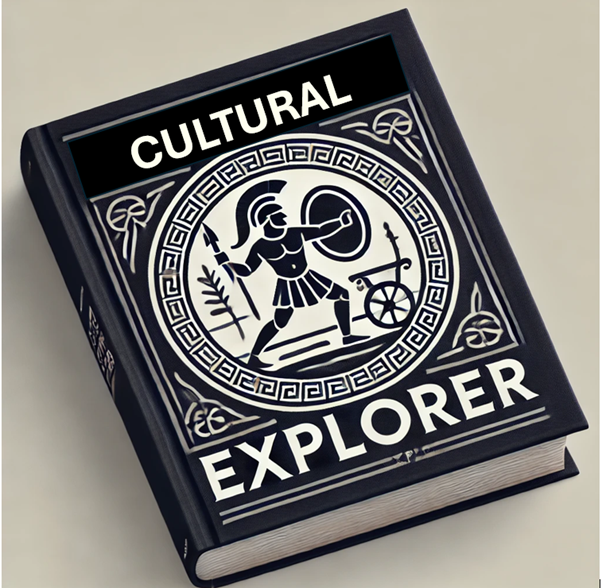
Books for an American Train Travel Visit to:
Boston, Massachusetts, and New Haven and Hartford, Connecticut.
Mark Twain
I am a big fan of Sam Clemens, his writing style is pacy, authentic and funny. When we were staying at New Haven, we visited Sam Clemens’ home and museum at Hartford, Connecticut. We travelled by train from New Haven, and it was a very easy 30 minute ride. Right outside the train station was a bus stop, and the bus took us right to his beautiful house. He only lived here for nine years, because he ran out of money, and had to leave, after making some poor investment decisions, he left to live in France, where living was cheaper.
I have read his great adventure stories, Tom Sawyer, and The Adventures of Huckleberry Finn, and from the book shop at his House I purchased a book of his short stories which I really enjoyed. I did not know the famous frog story, and I am a much happier person that I know now.
Six years ago I read The Innocents Abroad and I am reading it again, enjoying the humour, mishaps and adventures of this book about a group of affluent individuals travelling on a steamboat to Europe and beyond. Some of his descriptions of the people he sees and meets would not be acceptable if they were written now. But it is a very funny book, that critiques us all, and recognises our similarities.
Tom Sawyer & Huckleberry Finn (Wordsworth Classics)
The Innocents Abroad (Wordsworth Classics)
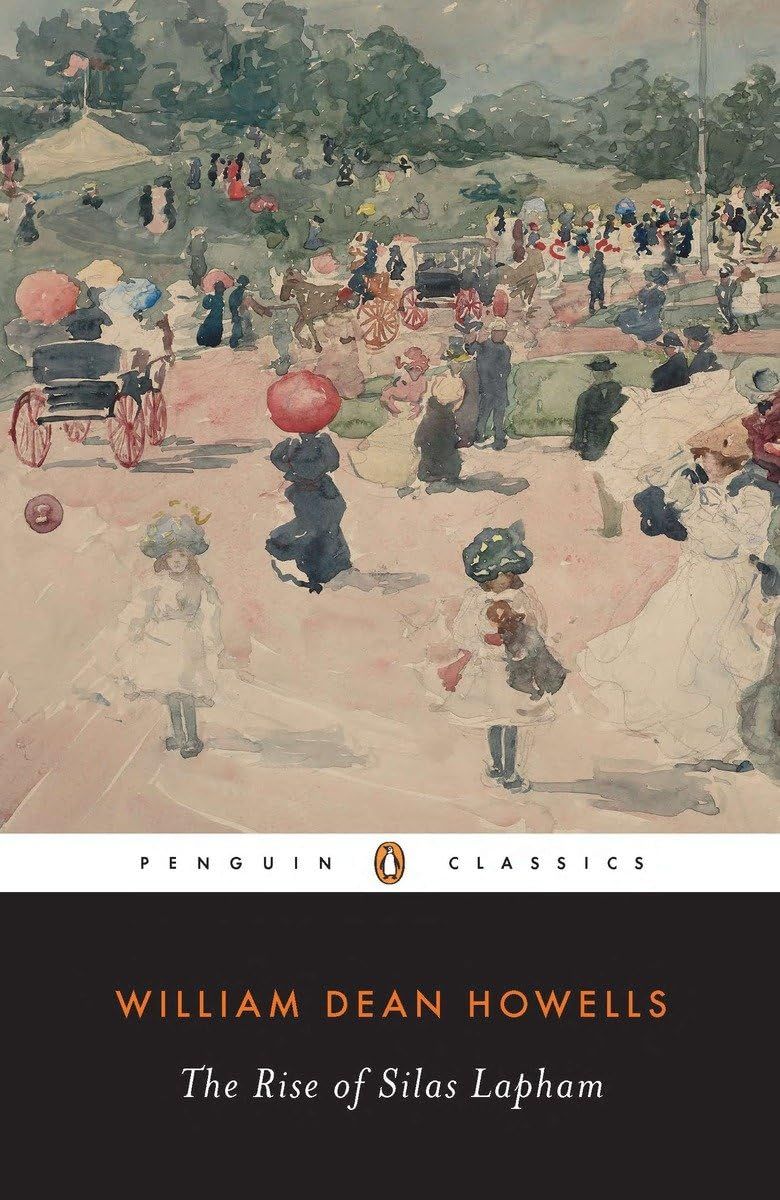
William Dean Howells
The Rise of Silas Lapham (Penguin American Library)
This is a great book to read when you travel to Boston as it gives you an insight into the people who built the big fancy houses on Beacon Hill in the late 1800’s.
The story recounts The Rise of Silas Lapham, as Silas becomes wealthy by earning a fortune in the paint business. Unfortunately, he lacks the middle class standards, but he tries to gain these through his daughter's marriage to an aristocratic family.
Sam Clemens and William Dean Howells were friends and contemporaries, and they definitely share a witty sense of humour in their writing.
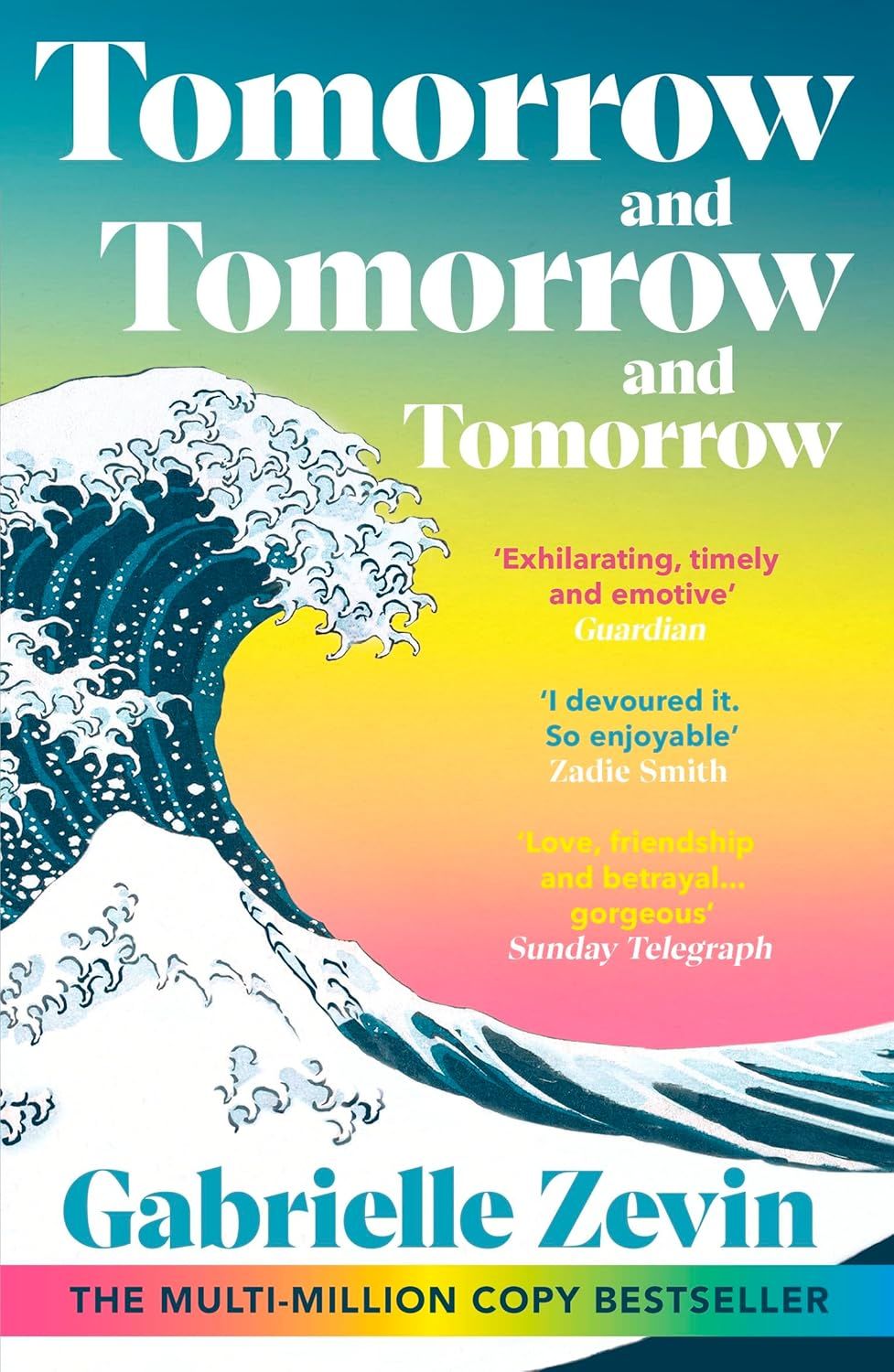
Gabrielle Zavin - Tomorrow, and Tomorrow, and Tomorrow:
We came home from our trip to Boston, Cambridge and Harvard, and the first book I read was this Tomorrow, and Tomorrow, and Tomorrow by Gabrielle Nevin. The book starts with the protagonists, Sam and Sadie, at exactly the same train stations on the Red Line that we used on our trip, Harvard Square and Kenmore.
This is a pacy book set against the backdrop of the video game industry. It spans decades, following the lives of two main characters, Sam and Sadie, who meet as children and reconnect in their college years. Together, they embark on a journey to create video games that not only reflect their creative passions but also mirror their evolving relationship, and their relationships with others. I’m not a ‘gamer,’ although we used to enjoy Space Invaders, the games created in this book has made me want to at least have a go at a modern game.
Harriet Beecher Stowe - Uncle Tom's Cabin (Wordworth Classics):
When we visited Mark Twain’s house, we also saw Harriet Beecher Stowe’s home right next door, we did not visit because time simply did not allow the opportunity. On our guided visit to Mark Twain’s house we were told that Harriet Beecher Stowe would come round to Sam Clemens’ conservatory and pull out flowers for her own displays at home, Olivia, Sam’s wife did not mind her taking the flowers but did leave her some shears so she would cut rather than pull.
Harriet Beecher Stowe and Mark Twain (Samuel Clemens) were neighbours for several years in Hartford, Connecticut. Both authors lived in the Nook Farm neighbourhood, which was an area that attracted intellectuals, writers, and reformers during the 19th century.
Stowe, the author of Uncle Tom's Cabin, moved to Hartford in the 1860s and lived in a large Victorian house with her family. A few years later, in 1874, Mark Twain built his iconic mansion.
Stowe was much older than Twain and already a famous writer by the time he moved to Hartford. Twain admired Stowe’s literary achievements and the impact of Uncle Tom’s Cabin, although he was sometimes critical of its writing style. Despite these differences, their time as neighbours highlights a fascinating historical connection between two of America’s most influential authors
Uncle Tom's Cabin by Harriet Beecher Stowe is a powerful anti-slavery novel that played a significant role in shaping public opinion about slavery in the 19th century. First published in 1852, the novel uses vivid storytelling and emotional depth to highlight the brutality and inhumanity of slavery, sparking outrage and contributing to the abolitionist movement in the United States.
The Crucible by Arthur Miller
Of course, our US trip to Boston included a trip to the pretty coastal town of Salem, so I had to read The Crucible by Arthur Miller. This powerful play, set during the Salem witch trials of 1692, explores themes of hysteria, power, and morality. It depicts how fear and suspicion can lead to the breakdown of social order, as the people of Salem fall prey to accusations of witchcraft fuelled by personal vendettas and mass paranoia. Through its portrayal of characters like John Proctor, Abigail Williams, and Reverend Hale, the play reflects on the dangers of fanaticism and the consequences of false accusations, serving as an allegory for McCarthyism and the Red Scare in 1950s America.
The House of Seven Gables by Nathaniel Hawthorne
The House of the Seven Gables by Nathaniel Hawthorne is a Gothic novel set in a gloomy, ancestral mansion, exploring themes of guilt, retribution, and the effects of ancestral sin. The story is deeply linked to the Salem witch trials, as Hawthorne’s own ancestor, Judge John Hathorne, played a role in the trials, and this legacy of guilt influences the novel's dark tone. The fictional house itself symbolizes the weight of past wrongs and curses that haunt generations.
Visitors to Salem can explore the real House of the Seven Gables, a historic site that inspired Hawthorne's novel, offering a glimpse into colonial architecture and the history of the town, including its ties to the witch trials.
Your views:
We will get back to you as soon as possible.
Please try again later.

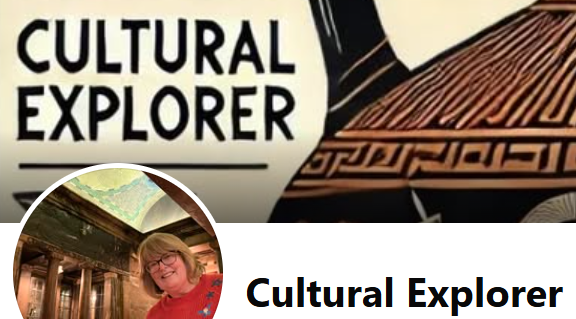

Facebook page: https://www.facebook.com/SarahCulturalExplorer
Instagram: https://www.instagram.com/sarahculturalexploreruk
My Bio: Travel opens doors to art, museums, and galleries, where stories come alive. I love books, paintings, collectors, and auctions - the treasures connecting us to history, creativity, and culture. Enjoy regular posts on my facebook page.
Email: culturalexploreruk@gmail.com

